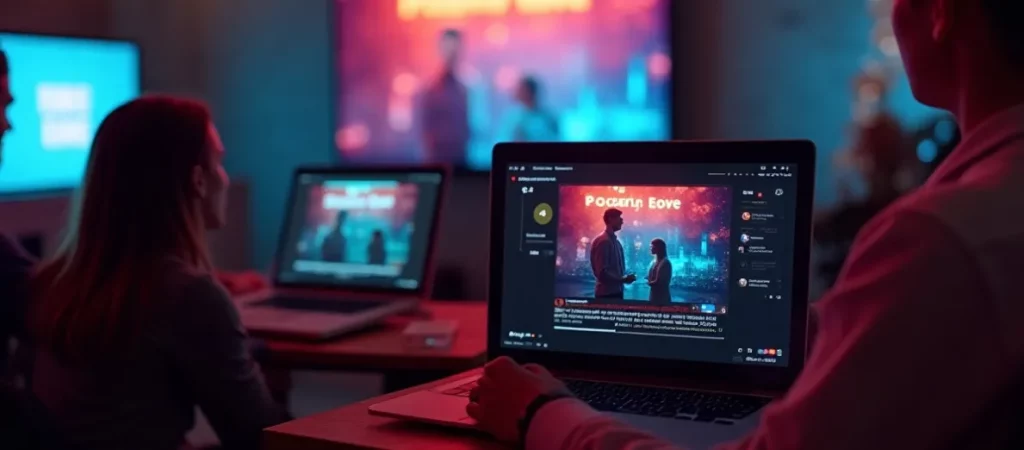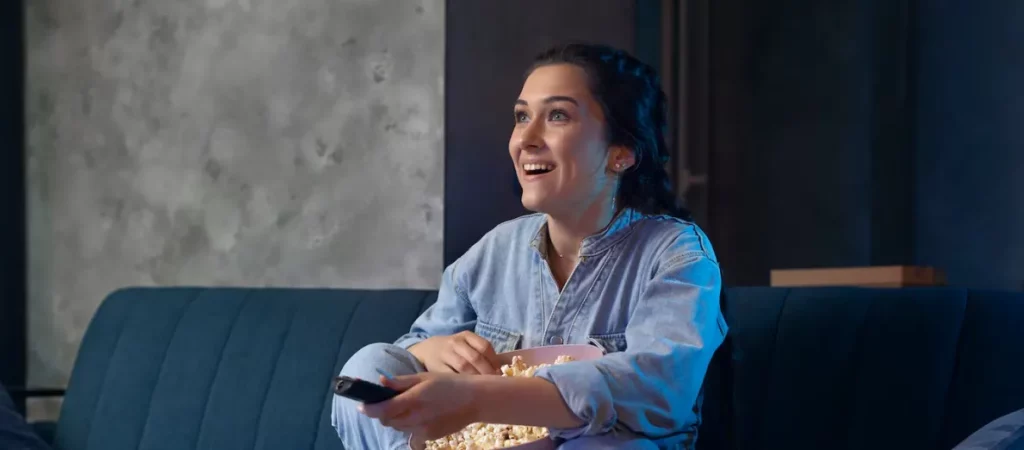How Apple’s FastVLM Could Accelerate Industry-Wide Adoption of Automated Captioning
Apple’s FastVLM video-captioning runs on-device, outputs first tokens fast, and handles high-resolution video frames without heavy token pruning. The model ships in compact sizes that work on Apple Silicon and in the browser through WebGPU, which puts real-time captioning within reach for field crews and editors on laptops. A hybrid vision encoder emits fewer visual …
How Apple’s FastVLM Could Accelerate Industry-Wide Adoption of Automated Captioning Read More »










